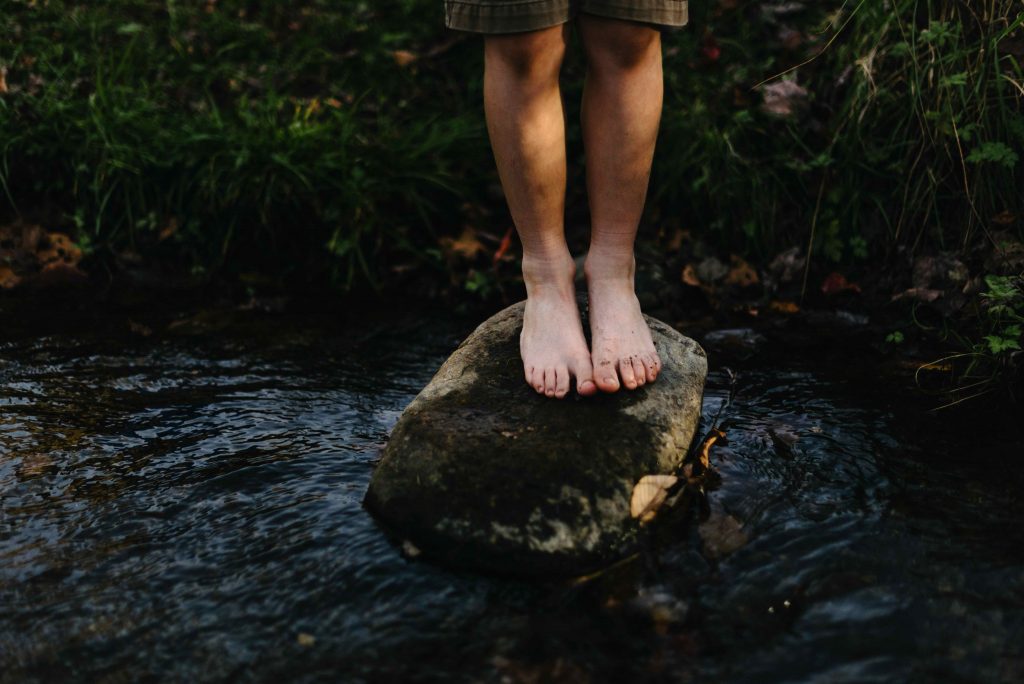
Leviticus 16 detailed the process the redeemed Israelites were to undertake on the day of atonement. The day of atonement was the one day a year where their collective sin could be dealt with under the covenant they had with God. This included the confession of sin and subsequent washing with water – acts that reminded Israel of when Moses led the people through the Sea on their way to the promised land. It was a national foreshadow of the personal act of baptism, and something that John the Baptist capitalized on in his ministry.
As one scholar notes, “The readiness with which the multitudes submitted to baptism is explained by the fact that purificatory rites by the application of water were not new nor strange to the Jews.” Indeed, the need for personal application of water in the purification of sins was detailed in Ex 19, Lev 14 and 15, Num 8 and Deut 23. Yet what John was doing was far more meaningful than a periodic ritual. His message powerfully moved people to action, and in his message John had just what was called for – a baptism in accordance with whole life repentance.
“Just what did John’s baptism mean? It signified a person’s willingness to turn from his or her sins and from the false belief that being born a Jew automatically put a person in right relationship with God. John announced Israel was in spiritual crisis and about to be judged. When John came with the first prophetic message in four centuries, it was only natural that as people repented, they demonstrated the sincerity of their repentance by submitting to baptism, thus publicly identifying themselves with the faithful among God’s people.”
We’ve already from the previous verses that John’s message of repentance was also consistent with the messages of Isaiah and Ezekiel and basically every other prophet Israel had ever known. The wilderness where John ministered was a further reminder of Israel’s past. Now Matthew tells us what John wore and ate. He wore rough clothes, as Elijah was known for (see 1Ki 1:8), and he ate the uncultivated food God provided, as the poor were instructed to do (see Lev 11:20–23).
“John’s clothes were made of camel’s hair, and he had a leather belt around his waist. His food was locusts and wild honey. People went out to him from Jerusalem and all Judea and the whole region of the Jordan. Confessing their sins, they were baptized by him in the Jordan River.”
Though John never performed miracles, his life, clothing and ministry epitomized the whole of the Old Testament message. That is so very fitting and appropriate, as his cousin Jesus likewise epitomized the whole of the New Testament. Both call us into restored relationship with God the Father – the life we were created to live but failed at. Both call us to be His people through repentance and subsequent living as obedient children of God. One could say that in John the Baptist we most clearly see how the Old Testament message and the New Testament message are actually one and the same: We are to be God’s people, with all the privileges and responsibilities that entails!
Baptism is an outward expression of an inward faith.
Watchman Nee
APPLICATION: Intentionality
What would you say is the overall message of your life? Is it consistent with your belonging to God? Would those around you say the same? Purpose to make any changes necessary. Purpose to be baptized if you haven’t already. You are God’s child, and all the world should see Him and His message reflected in You!

